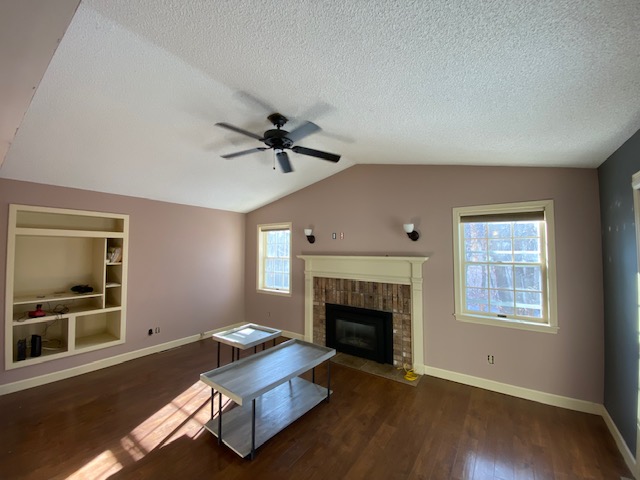
The Art of Transition: Seamlessly Blending Paint Colors Between Rooms Sep 11, 2025
When undertaking any painting project, consider the overarching mood you wish to convey throughout your home. Each room can have its own character, yet when transitioning between rooms, it's crucial the colors complement each other. To achieve a seamless look, start by selecting a color palette for your entire home. This doesn't mean every wall needs the same hue—rather, choose colors that have a similar tone or that are within the same color family. This strategy ensures that no room feels completely disconnected from the others.
A key aspect of blending paint colors is understanding the role of undertones. Two paints may appear distinct at first glance, yet they can harbor similar undertones that help them transition smoothly from one to another. For example, a soft gray living room can transition beautifully into a sandy beige hallway if both share a warm undertone. Before making any decisions, examine paint samples under varying light conditions to observe how the undertones reveal themselves.
Transition strategies can also differ based on architectural features. If you have an open floor plan, consider using a dominant color throughout the larger space to establish continuity. Accent walls and color blocks can help define certain areas without disrupting the flow. For spaces with clearly defined walls and doors, you can be more daring with your choices. Here, you'll have more flexibility to vary colors, using door frames and moldings as natural breaks to introduce new tones.
The use of complementary shades can help in highlighting transitions while maintaining harmony. For instance, if your kitchen is painted a light green, a complementary muted cranberry hue in an adjacent dining area can offer an exciting yet cohesive transition. To find complementary colors, consider using a color wheel as a guide—colors that are opposite each other tend to work well when blended in a thoughtful way.
Light and texture play pivotal roles in transitioning paint colors. Rooms with ample natural light can handle bolder color shifts, while darker or artificially lit rooms may benefit more from subtle gradients of color. Additionally, incorporating different finishes and textures like matte or eggshell can add depth and differentiation to spaces without the need for stark color contrasts.
Finally, accessories and décor can bridge color transitions beautifully. Accentuating your spaces with textiles, artwork, or furniture that incorporate colors from adjacent rooms can tie everything together in an intentional and stylish manner.
In conclusion, blending paint colors between rooms is both an art and a science. By carefully considering palette, undertones, and architectural elements, you can achieve a harmonious flow that resonates throughout your home. Contact 920 Interior Painting & Design for expert advice and services that ensure your home reflects your personal style with seamless elegance. Let us help you master the art of color transition, transforming your home into a unified masterpiece.
/filters:no_upscale()/media/66030e30-6b8e-4660-8833-441188e0f121.jpeg)